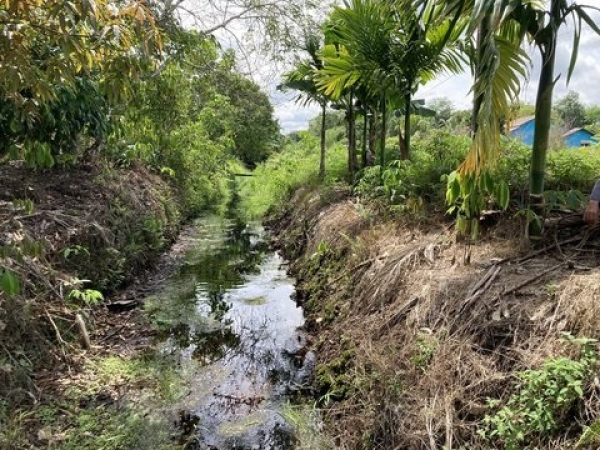“We were fascinated to learn that the drainage canals themselves are a hotspot for peat carbon to be transformed into carbon dioxide,” said study co-author Alison Hoyt, assistant professor of Earth system science at the Stanford Doerr School of Sustainability.
“We were fascinated to learn that the drainage canals themselves are a hotspot for peat carbon to be transformed into carbon dioxide,” said study co-author Alison Hoyt, assistant professor of Earth system science at the Stanford Doerr School of Sustainability.
Peatlands cover just 3% of Earth’s land surface, but they store twice as much carbon as all the world’s forests combined. They form in places where year-round flooding prevents dead plants from fully breaking down by limiting their exposure to oxygen. These water-logged conditions allow dead plants – and the carbon that they absorbed from the atmosphere while growing – to accumulate in the peat soil over hundreds or even thousands of years.
But human activities have damaged or destroyed many of the world’s peatlands. In Southeast Asia, people have deforested and drained nearly 60 million acres of peatlands over the past three decades, largely for palm oil and timber harvest, leaving only 6% untouched. Draining and damaging peatlands exposes their accumulated plants to oxygen, causing them to decompose and release carbon dioxide (CO2). Globally, degraded peatlands account each year for around 5% of human-caused greenhouse gas emissions.
Read more at: Stanford University
Canal ditches like this one in West Kalimantan, Indonesia are often used to drain peatlands for conversion to agriculture. (Photo credit: Jennifer Bowen)




